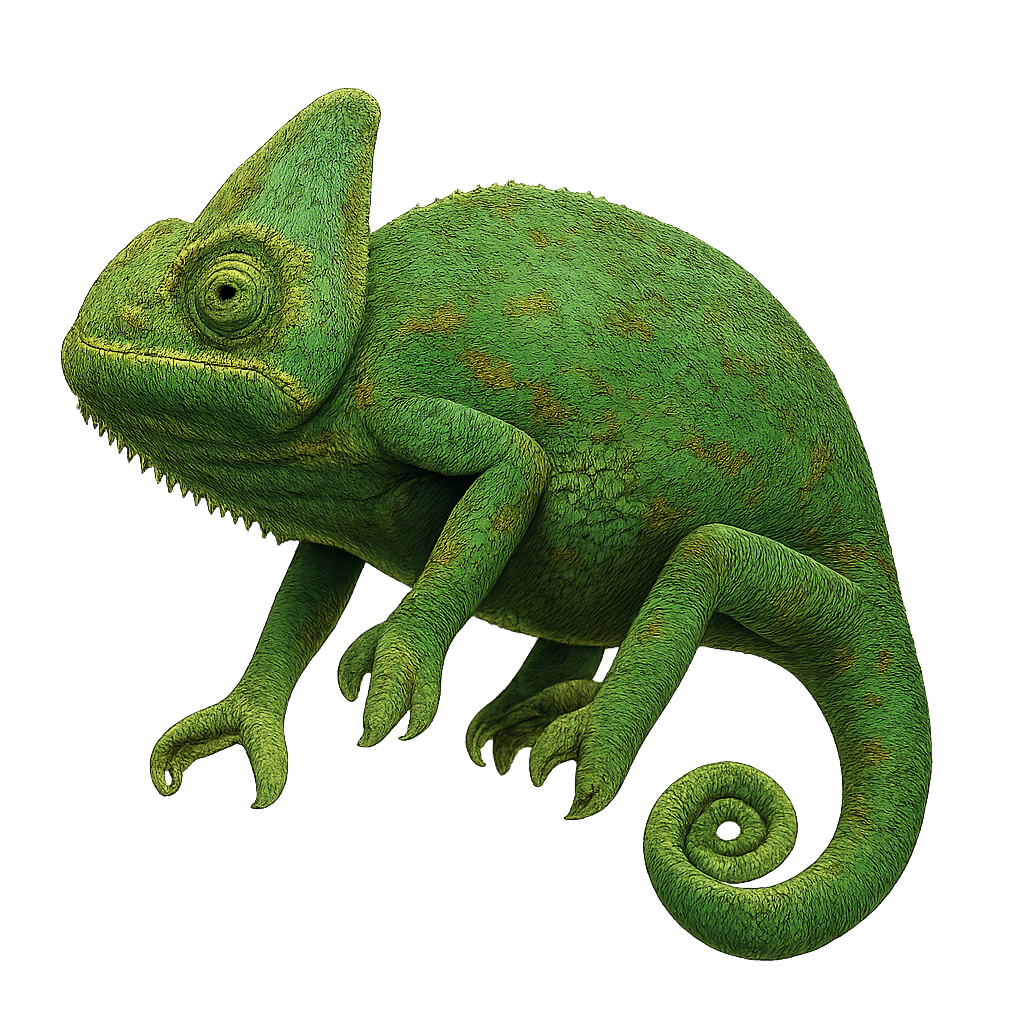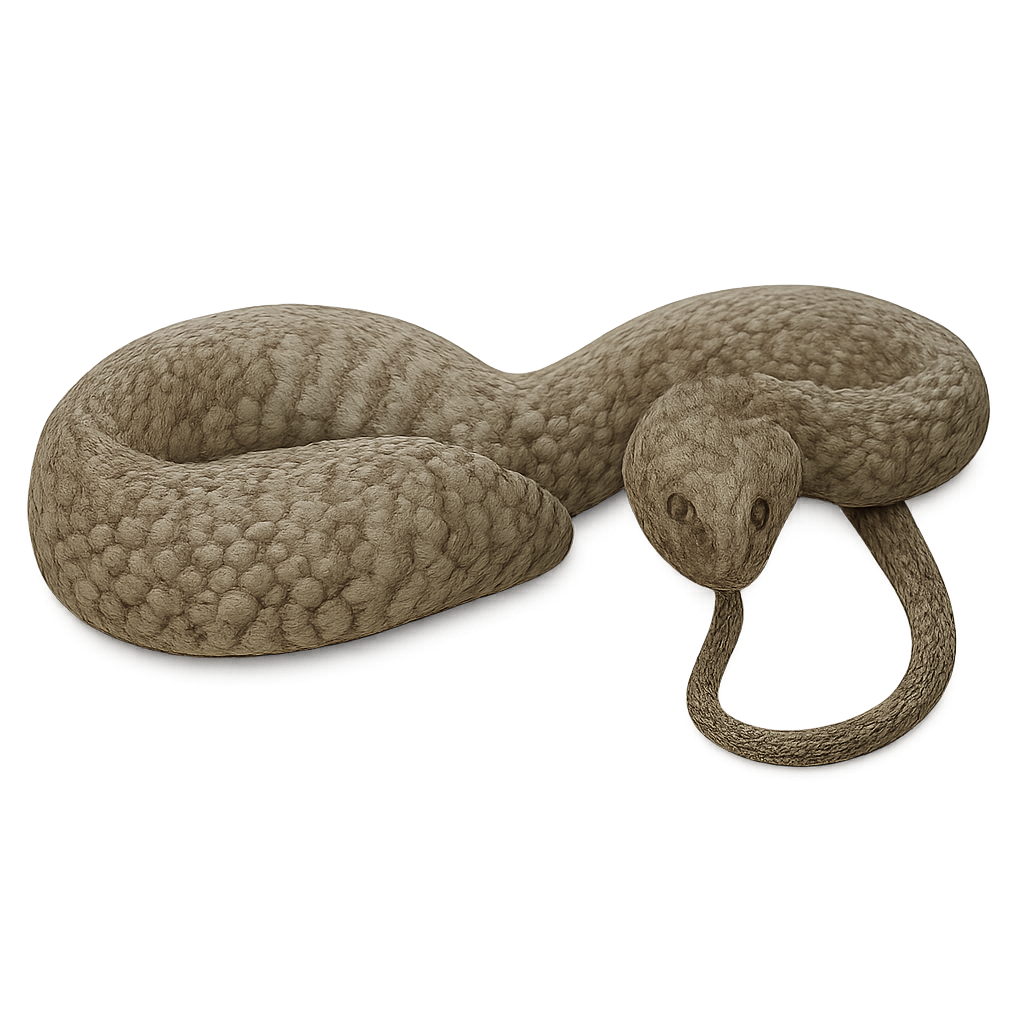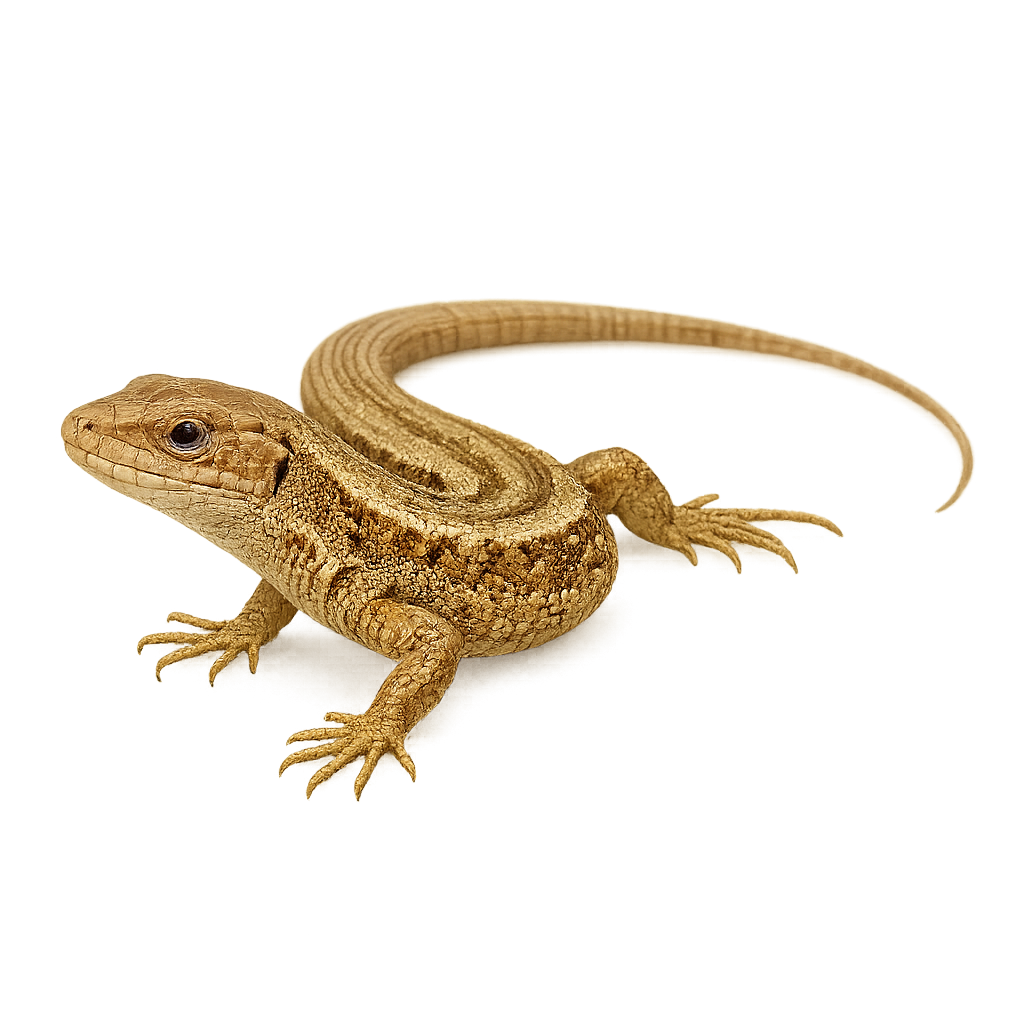Your wildlife tracking tool..
Browse 2,846species by country, track observations, and plan your photo outings.
Your global reference for wildlife photography
WildlifePhotographer gives you access to over 2,846 wildlife species sheets to help you identify, understand, and photograph wildlife around the world. Mammals, birds, reptiles… each sheet provides key information: habitat, activity, life cycle, signs of presence, and tailored photo tips.
Our database grows every week with new iconic species. To go further, access maps, reminders, logs, and personalized statistics in the app — designed to meet the real needs of wildlife photographers in the field.
Veiled chameleon
Chamaeleo calyptratus
The veiled chameleon is a medium-sized arboreal reptile (35–45 cm head–tail) with a bony cranial casque and zygodactylous feet. Native to the semi-arid regions of the Arabian Peninsula, it dwells in trees and shrubs feeding on insects and occasionally leaves. During the breeding season (March 1–June 30), the male displays bright colours and performs lateral casque-waving courtship rituals.
Viperine snake
Natrix maura
The Viperine snake is a non-venomous semi-aquatic snake, typically measuring between 50 and 90 cm, with a distinct head and round pupils. Its back features a dark zigzag pattern on a gray, brown, or greenish background, and its belly is yellow or reddish with black spots. It inhabits humid environments such as rivers, ponds, and lakes, where it primarily hunts fish, amphibians, and tadpoles. Reproduction occurs in spring, with 2 to 26 eggs laid in loose soil. This species is protected in Europe and is listed as Least Concern by the IUCN.
Viviparous Lizard
Zootoca vivipara
The viviparous lizard, Zootoca vivipara, is a small reptile common in Europe and Asia. It typically measures between 12 and 15 cm, including the tail. Its coloration ranges from brown to gray, often with dark patterns on the back. This lizard is unique among European reptiles as it is ovoviviparous, giving birth to live young rather than laying eggs. It inhabits various environments, from moist forests to alpine meadows, and can be found up to 3000 m in altitude. Primarily active during the day, it feeds on insects and other small invertebrates. Its ability to survive in cold climates is remarkable, and it hibernates during winter.




